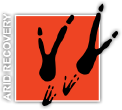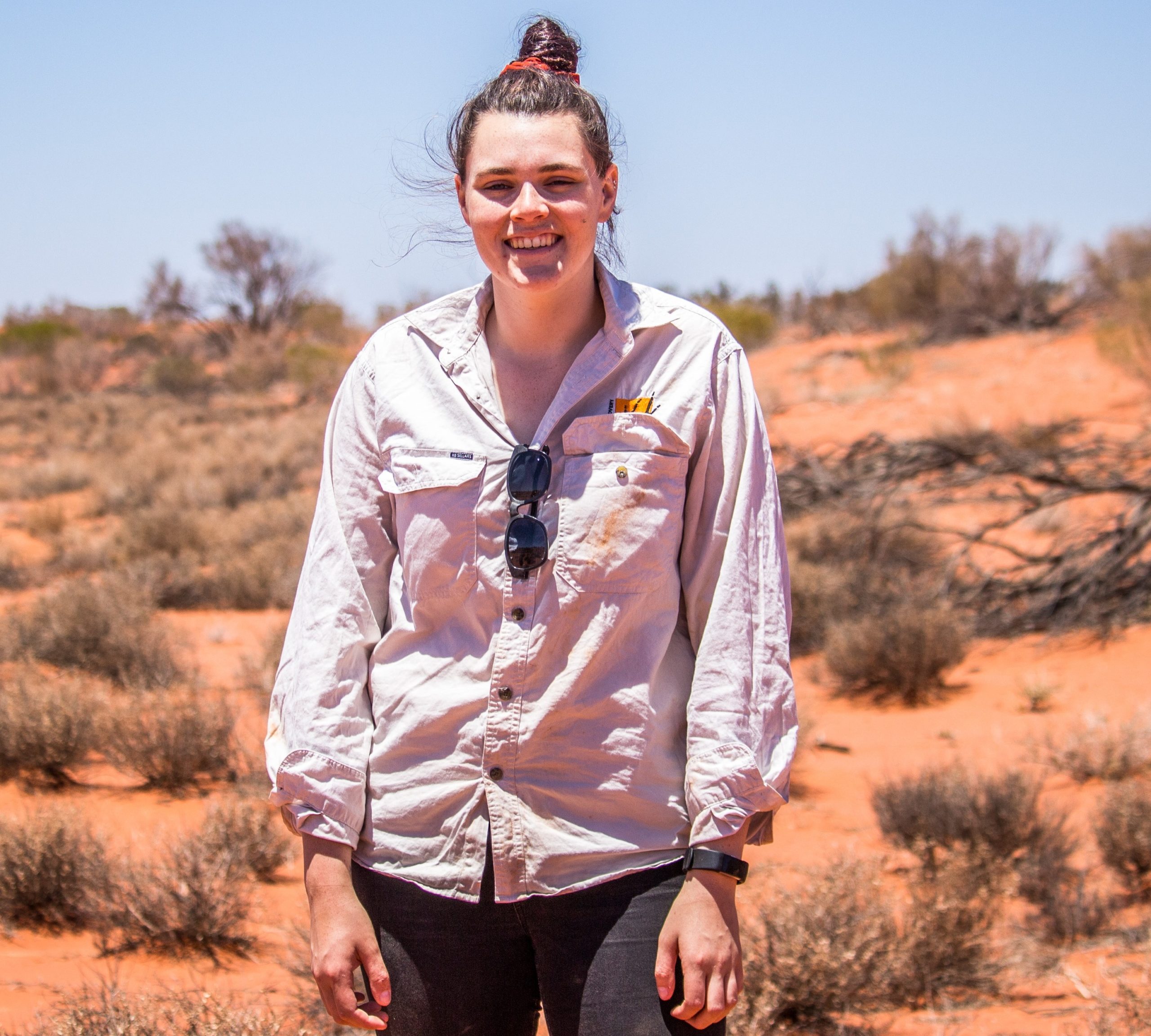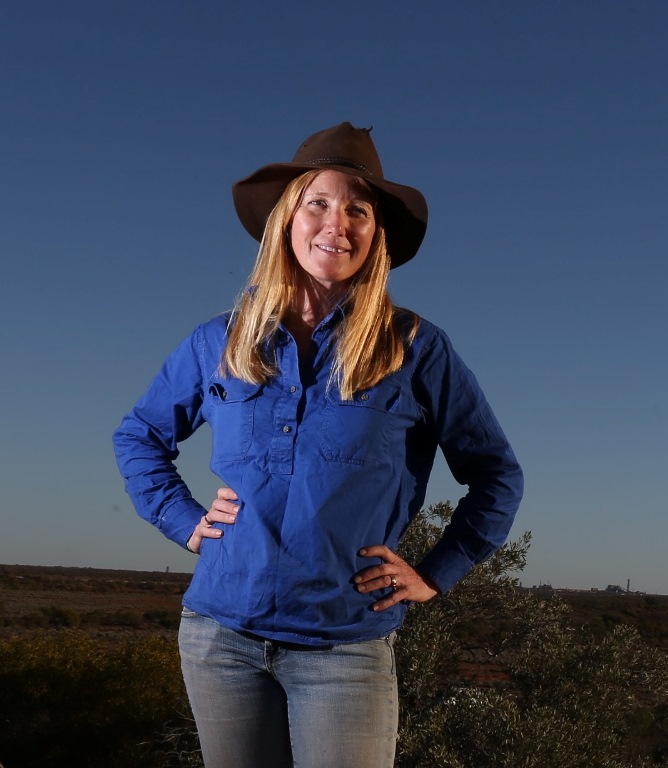Operation: Save kowaris, Phase II
By Genevieve Hayes and Robert Dugand
Kowaris are a small, carnivorous mammal, inhabiting an area of desert country in northeast South Australia and southwest Queensland. In South Australia, kowaris persist solely on pastoral lease, and are highly threatened by introduced predators (feral cats and foxes) and introduced herbivores (cattle and rabbits). Modelling suggests a 20% chance of extinction within 20 years without intervention.
Objective – Phase I: Translocate 12 adult kowaris from Clifton Hills Station in northeast South Australia to Arid Recovery Reserve, and release into soft-release pens within the reserve. Completed 10 August 2022 (you can read about that here).

Objective – Phase II: Monitor kowaris in their pens (used to acclimatise kowaris to their new environment before release into the wider reserve).
Objective – Phase III: Release kowaris from their pens into the reserve.

Hostiles: Barn owls, western quolls.
Summary: Phase II had a simple goal – observe the kowaris in their pens, and provide supplementary food and water throughout this phase, with the intention of releasing the kowaris from their pens after a few weeks once they had settled into their new home.
![]() After an easy rest knowing the kowaris had safely arrived at Arid Recovery (thanks to Hannah from Wrightsair for delivering them to their new home), we were eager to check the pens in the morning and confirm they were all settling in well.
After an easy rest knowing the kowaris had safely arrived at Arid Recovery (thanks to Hannah from Wrightsair for delivering them to their new home), we were eager to check the pens in the morning and confirm they were all settling in well.
Prior to release, each of the adults had been fitted with radio collars to help us locate them each day.

Pen 1 (Kaa): check. Pen 2 (Wendy): check. Pen 3 (Snow White): check. Pen 4 (Rapunzel): no radio signal. Pen 5 (Moana): check. Pen 6 (Nala): check. Pen 7 (Elsa): check. Pen 8 (Ariel): check. Pen 9 (Olaf): check. Pen 10 (Mowgli): check. Pen 11 (Aladdin): no radio signal. Pen 12 (Shrek*): check.
*Yes, we know Shrek isn’t Disney themed…
Aladdin and Rapunzel had escaped on the first night. Our objective was to track them and return them back to their pens. Dasyurids, species that are carnivorous marsupials (such as Tasmanian devils and quolls), are known to hyper-disperse, meaning they can travel large distances quickly. Time was of the essence…

Our team set out in cars and on foot with tracking equipment. We set our frequencies to match Aladdin and Rapunzel’s collars, and traversed the reserve with large antennae raised above our heads. We listened carefully for the faint ‘beep’ through the static. It didn’t come. They eluded us.
Days since pen escape: 0
Kowaris on the run: 2
 Day 2 started with the goal of finding Aladdin and Rapunzel. That objective was quickly updated – Moana and Elsa had joined the list of escapees.
Day 2 started with the goal of finding Aladdin and Rapunzel. That objective was quickly updated – Moana and Elsa had joined the list of escapees.
The Red Lake paddock into which the kowaris were released is expansive, covering 2,600 ha. We set to work tracking the animals, and it wasn’t too long before we started to pin them down. Aladdin, Elsa, Rapunzel: found. Moana: at large.

Even though we had the location of our escapees, it was still going to be a big task to extract them from their burrows. We built small pens around their burrows, and then set and baited about 20 traps inside and around the pens. Although kowaris are good climbers and can easily scale the small fence, the hope was that an easy meal would lure them into one of our many, many traps! Now, we just had to wait…

Days since pen escape: 0
Kowaris on the run: 4
 Trap checking! It was an exciting morning. 60 traps all set with tasty food. Alas, zero kowaris. It was a blow, but at least we caught a few native mice, a good sign that there is lots of kowari food out there.
Trap checking! It was an exciting morning. 60 traps all set with tasty food. Alas, zero kowaris. It was a blow, but at least we caught a few native mice, a good sign that there is lots of kowari food out there.

We packed up the pens and set out in search of the missing kowaris. In good news, the eight remaining kowaris were happily confined to their pens. It did not take too long before we found Rapunzel – in the same burrow as yesterday… New strategy: dig her out!

After trying to dig her out, we conceded. We built another pen trap around Rapunzel, as well as Aladdin and Elsa whom we found later in the day. Hopefully better luck this time!
Days since pen escape: 1!
Kowaris on the run: 4
 Once again, the kowaris had dodged the traps.
Once again, the kowaris had dodged the traps.

For the third day in a row, Rapunzel was in the same spot. New, new strategy: build a proper release pen around her. The team set to work – what a strange new world she would emerge to, but at least it was her favourite spot. With Rapunzel contained, we discovered that three kowaris at large had grown to four; Snow White had escaped her pen last night.
Days since pen escape: 0
Kowaris returned to pens: 1
Kowaris on the run: 4
![]() With four kowaris on the run, and Moana being unsighted since day two, it was time to take to the air. The plane was fitted with antennas to the wings, and gave us the advantage of altitude and the ability to cover vast distances quickly.
With four kowaris on the run, and Moana being unsighted since day two, it was time to take to the air. The plane was fitted with antennas to the wings, and gave us the advantage of altitude and the ability to cover vast distances quickly.

As two of us took to the air, we had ground crews waiting for approximate locations so they could then start searching for specific burrows. In the plane, it didn’t take long to get signals for the four targets. The ground crew quickly located Aladdin, Elsa, and Snow White, but Moana remained elusive.
Days since pen escape: 1
Kowaris on the run: 4
Over the next few days, we tracked, we found, we failed to catch. Mowgli escaped from his pen. Moana remained elusive.

![]() We caught Aladdin and Elsa! Finally, these slippery characters had faulted and went into traps. We had them! We transported them back to their pens, released them, and rejoiced. There were now only three kowaris on the run. Only three animals to track, the best result since day two! We started to believe that we could soon have all 12 kowaris back in pens…
We caught Aladdin and Elsa! Finally, these slippery characters had faulted and went into traps. We had them! We transported them back to their pens, released them, and rejoiced. There were now only three kowaris on the run. Only three animals to track, the best result since day two! We started to believe that we could soon have all 12 kowaris back in pens…
Days since pen escape: 2
Kowaris returned to pens: 2
Kowaris on the run: 3
![]() Pen checks. Aladdin and Elsa had escaped in the night. Despite twice being released into a soft-release pen, Aladdin had not stayed put for a single night.
Pen checks. Aladdin and Elsa had escaped in the night. Despite twice being released into a soft-release pen, Aladdin had not stayed put for a single night.
We abandoned the re-homing strategy. Now our goal was simply to track the animals each day and record their location. Tracking was hugely successful, and we were collecting fantastic data on kowari movements and behaviours. But one kowari had remained elusive since the beginning…
Days since pen escape: 0
Kowaris on the run: 5
Following a few days where multiple kowaris had evaded us (Aladdin, Elsa, Moana, Mowgli, Snow White, Shrek), we once again took to the air. We located all 12 kowaris from the plane, and the ground crew made short work of finding most of them.

Moana. Lost since day two. We drove, walked, scanned, walked, drove, scanned. Standing on the back of the car, antenna high, we eventually heard a faint signal. We hurried towards the sound as the scratches on the transmitter grew louder. After remaining elusive for two weeks, we had finally found Moana. Despite the struggles, we had accounted for all 12 kowaris! They were alive and were settling into their new home.
After evading us for two weeks, Moana then remained in that exact spot for the next month, successfully rearing six babies to adulthood.

The translocation of kowaris to the Arid Recovery Reserve, back to Kokatha Country, has been a success. The soft-release pens, while ineffective at containing some individuals, provided the opportunity for us to observe most of the kowaris up-close. This allowed us to learn about their behaviour, including movement, eating, and denning. Since release from their pens, we have been following the progress of the new population through physical trapping and remote camera traps. Our efforts have shown the population has established well within the reserve, with the population now growing. We are hopeful that our new population will continue to grow, and will eventually be a source for future translocations to other locations.






















